The frozen meat market in South Korea is characterized by a competitive landscape that is increasingly shaped by innovation, sustainability, and strategic partnerships. Key players such as Tyson Foods (US), JBS (BR), and Cargill (US) are actively pursuing strategies that emphasize product diversification and technological advancements. Tyson Foods (US) has focused on enhancing its supply chain efficiency, while JBS (BR) has been investing in sustainable practices to meet the growing consumer demand for ethically sourced products. Cargill (US) appears to be leveraging digital transformation to optimize its operations, thereby enhancing its competitive positioning in the market. Collectively, these strategies contribute to a dynamic environment where companies are not only competing on price but also on quality and sustainability.
In terms of business tactics, localizing manufacturing and optimizing supply chains are pivotal for success in this market. The competitive structure is moderately fragmented, with several key players holding substantial market shares. This fragmentation allows for a variety of product offerings, catering to diverse consumer preferences. However, the influence of major companies is significant, as they set trends that smaller players often follow, thereby shaping the overall market dynamics.
In October 2025, Tyson Foods (US) announced a partnership with a local South Korean distributor to enhance its market penetration. This strategic move is likely to facilitate better access to consumers and improve distribution efficiency, aligning with the company's goal of expanding its footprint in the region. Such partnerships are crucial for navigating the complexities of local market preferences and regulatory environments.
In September 2025, JBS (BR) launched a new line of organic frozen meat products aimed at health-conscious consumers. This initiative reflects a growing trend towards organic and natural food products, suggesting that JBS is keen on capturing a segment of the market that prioritizes health and sustainability. The introduction of these products may not only enhance brand loyalty but also position JBS as a leader in the organic segment of the frozen meat market.
In August 2025, Cargill (US) implemented an AI-driven supply chain management system to streamline its operations. This technological advancement is indicative of a broader trend towards digitalization within the industry. By utilizing AI, Cargill aims to reduce operational costs and improve inventory management, which could lead to enhanced customer satisfaction and increased market share.
As of November 2025, the competitive trends in the frozen meat market are increasingly defined by digitalization, sustainability, and strategic alliances. Companies are recognizing the importance of forming partnerships to enhance their market presence and operational efficiency. The shift from price-based competition to a focus on innovation, technology, and supply chain reliability is evident. Moving forward, competitive differentiation will likely hinge on the ability to adapt to these trends, with companies that prioritize sustainability and technological integration poised to lead the market.


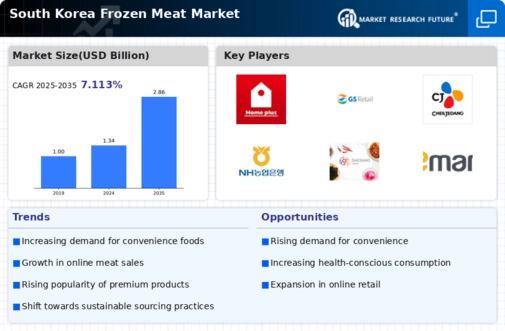
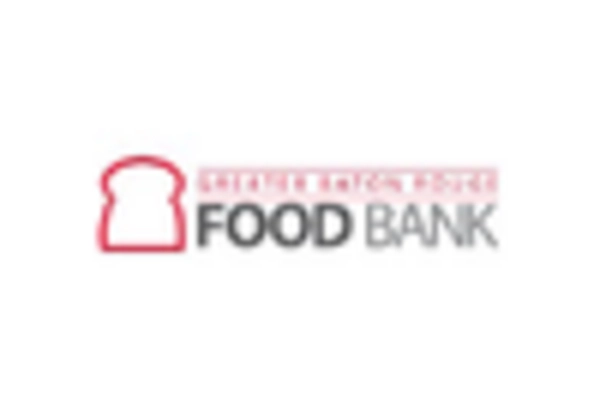

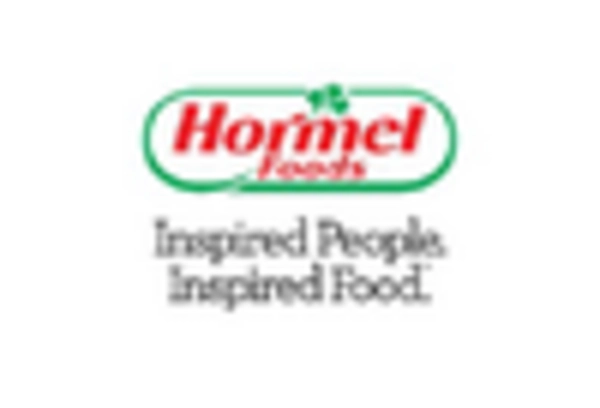

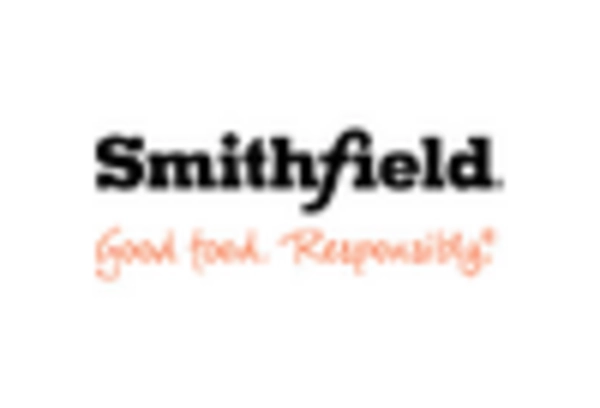
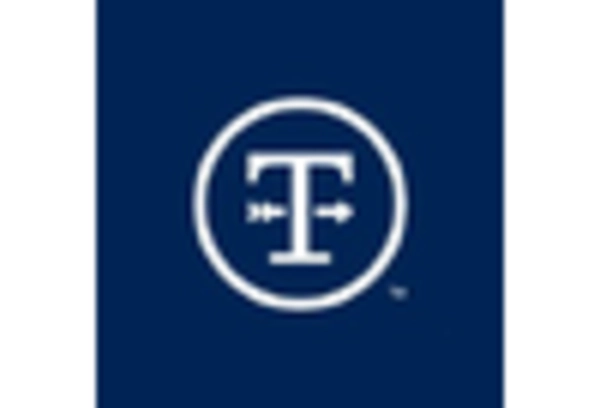








Leave a Comment